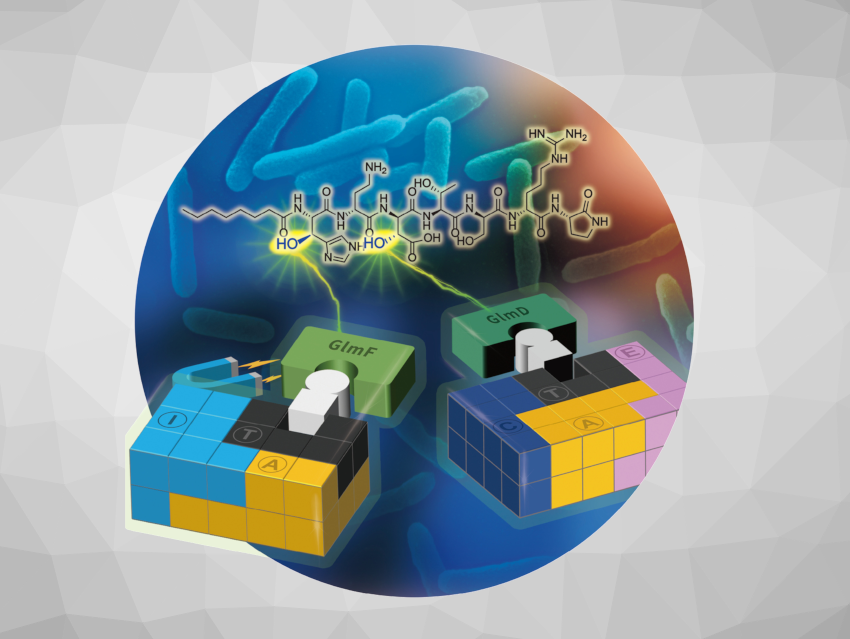In this issue, H. M. Loos et al. discuss odorant metabolism in humans. How do enzymes act in the nasal, oral, and respiratory tracts, or in the gastrointestinal metabolism? The Minireviews deal with electrochemical reactors for continuous decentralized H2O2 production (Y. Zhao et al.) and the organometallic synthesis of magnetic metal nanoparticles (B. Chaudret et al.).
In the original research section, A. Hennig et al. present a proton-gradient-driven sensitivity enhancement of liposome-encapsulated supramolecular chemosensors. M.-L. Tong et al. report on the reversible switchability of magnetic anisotropy and magnetodielectric effects induced by intermolecular motion. X. Bian et al. elucidated the biosynthesis of glidomides and mechanisms for the formation of β-OH amino acid building blocks (see picture). C. Botta et al. succeeded in the solvent-free preparation of layered lead iodide perovskites with moderate congruent melting temperatures for thin-film formation.
- Angewandte Chemie 35/2022: Enhanced Sensitivity,
Angew. Chem. Int. Ed. 2022, 61 (35).



